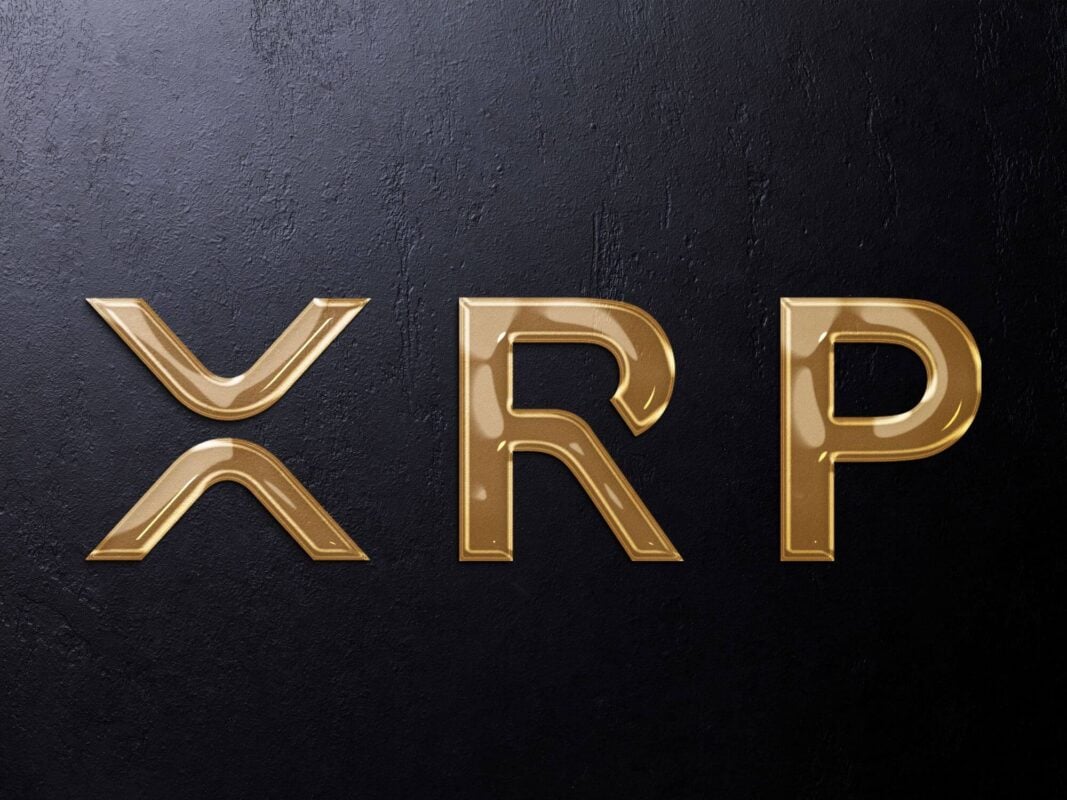TLDR
- Dilip Rao, former Ripple executive, clarifies that XRP’s future is focused on institutional adoption rather than retail trading.
- Rao emphasizes that XRP is designed to be used as a bridge currency by sophisticated financial institutions.
- Ripple’s strategy aims to move beyond speculative trading and build deep liquidity through institutional investors.
- Rao highlights that institutional investors made the majority of XRP sales in the last quarter.
- The shift from retail to institutional adoption is key to XRP’s role in high-volume cross-border financial transactions.
Dilip Rao, a former executive at Ripple, has made it clear that XRP’s future lies not with retail investors, but with institutional adoption. His statement has sparked fresh debate about whether individual traders or financial institutions will drive cryptocurrencies. Rao’s remarks indicate that XRP’s real value lies in its role as a bridge currency for banks and payment providers.
XRP Aimed at Institutional Financial Operations
During a recent panel at the Global Islamic Economy Summit, John Squire shared a video of Dilip Rao’s comments on the current state of XRP trading. When asked about the quick gains that many crypto traders seek, Rao responded by distinguishing between speculative trading and institutional use.
“What we are pursuing is the use of XRP as a financial asset by sophisticated institutions as a bridging mechanism,” Rao said.
🚨 Ex-Ripple exec Dilip Rao says it plain: #XRP isn’t designed for the crowd.
Each token = digital gold in the new system. 💰🚀 pic.twitter.com/WQTwAEm7IJ
— John Squire (@TheCryptoSquire) September 20, 2025
Rao emphasized that XRP’s current trading landscape, with hundreds of exchanges and largely shallow trading, is not the market Ripple is targeting. He acknowledged that retail trading helped establish an initial marketplace but stressed that its focus is now shifting.
“In the last quarter, the bulk of XRP sales were institutional investors,” he revealed.
This marks the transition from retail speculation to institutional adoption.
Rao’s comments highlight Ripple’s long-term strategy of developing a market that caters to large-scale financial operations. The company’s vision for XRP is as a wholesale bridge currency, facilitating cross-border settlements for financial institutions. Ripple’s ultimate goal is to replace traditional systems with a more efficient and digital model that serves institutional needs.
Ripple Focuses on Institutional Adoption for XRP
Rao’s statement also addressed concerns that the noise created by retail speculation might hinder XRP’s true potential. He acknowledged that this speculation does “create a lot of noise” but also made it clear that it is temporary. Ripple’s goal is to move past the hype of individual trading and into a more stable, institutional-driven market.
As XRP moves from retail trading to institutional investors, Ripple aims to build a reliable and deep liquidity pool. This allows the cryptocurrency to be used for high-volume, cross-border financial transactions. According to Rao, Ripple’s long-term success depends on shifting the focus from individual traders to institutional players.






